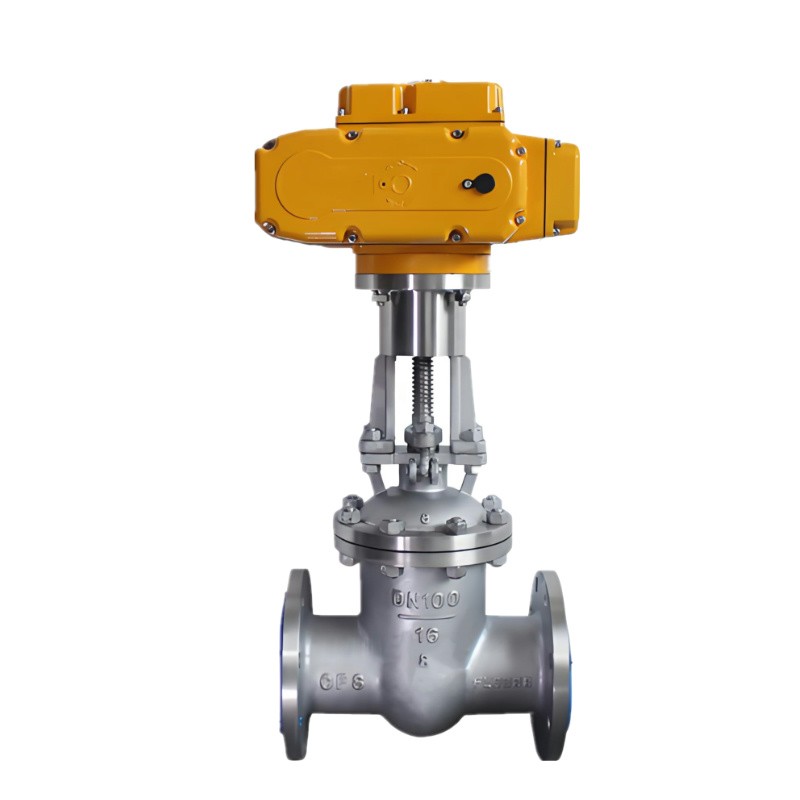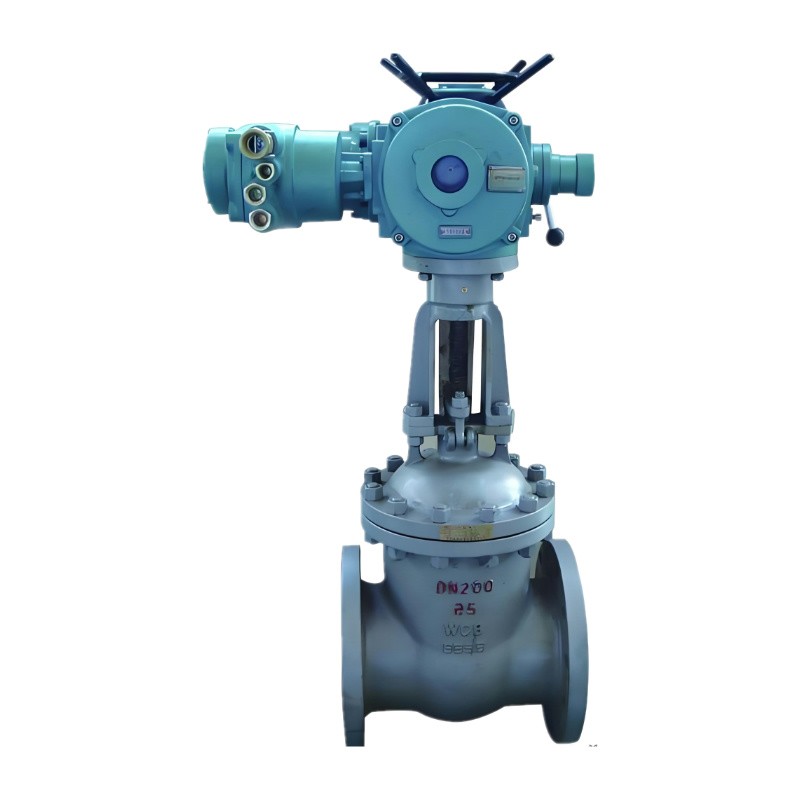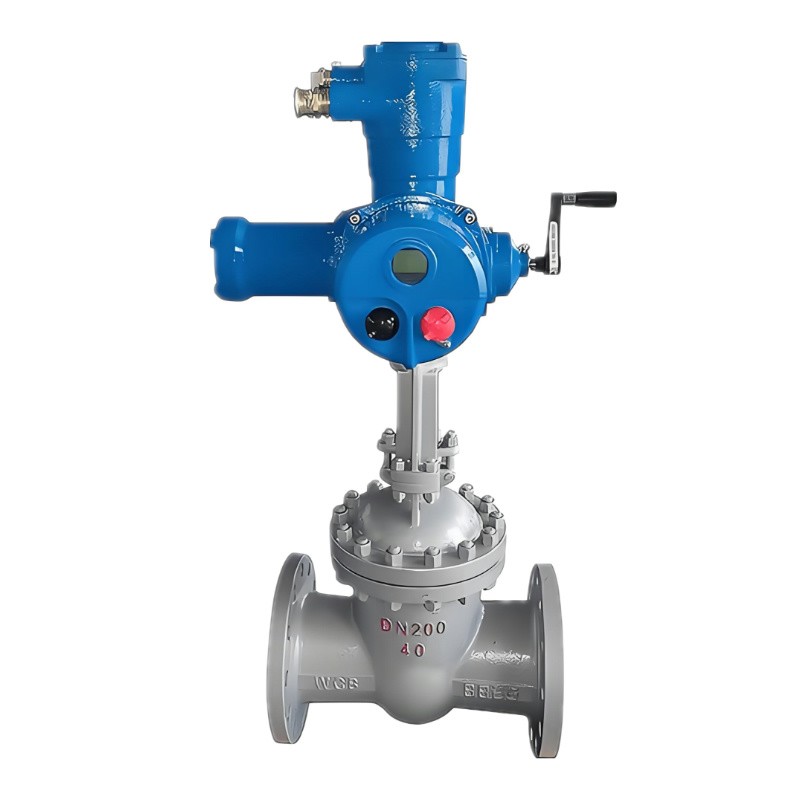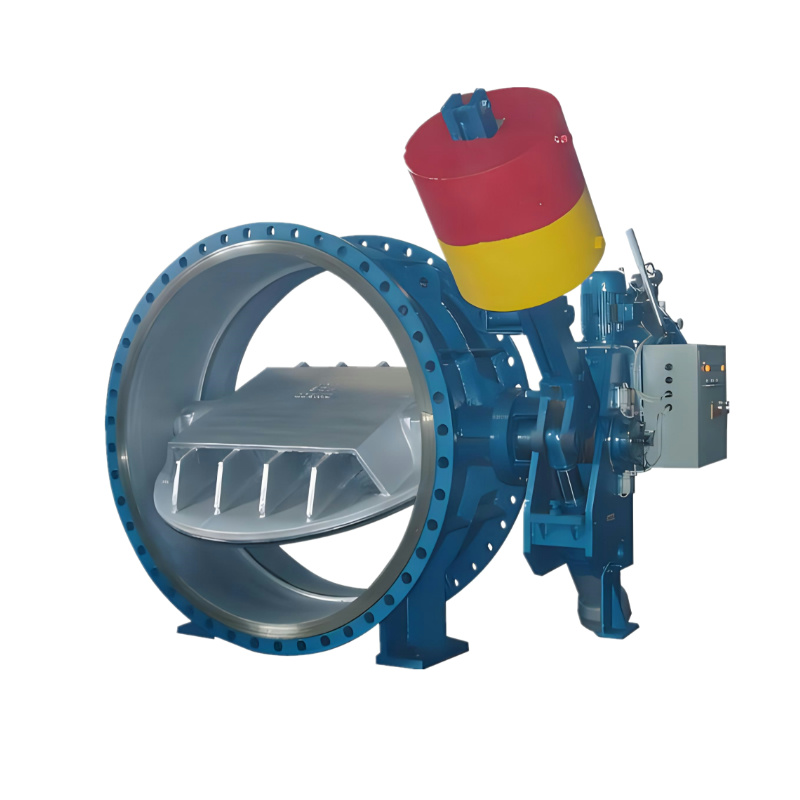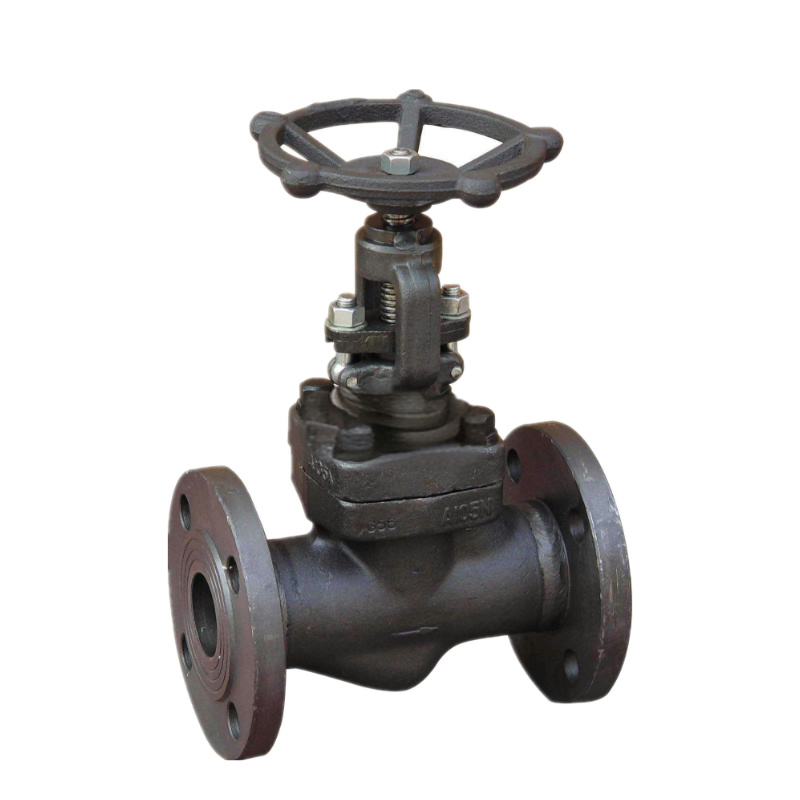electric gate valve
Introduction
This article contains all the information you need to know about Electric Gate Valve
Read further and learn more about:
Specificatioon
Details
Types
Application
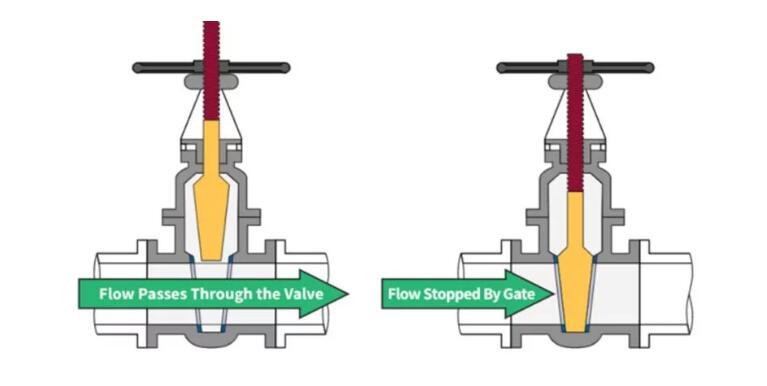
Chapter 1 - Material
Specifications for an electric gate valve can vary depending on factors such as the application, operating conditions, and specific requirements of the project. However, here are some common specifications you might encounter:
Material
The valve body, gate, stem, and other components are typically made of stainless steel or other corrosion-resistant materials. The choice of material depends on factors such as the fluid being handled and environmental conditions.
Size
Electric gate valves come in a range of sizes to accommodate different pipe diameters and flow rates. Common sizes range from a few inches to several feet in diameter.
Pressure Rating
Gate valves are designed to withstand specific levels of pressure. Common pressure ratings include Class 150, 300, 600, 900, 1500, and 2500, with higher classes capable of handling greater pressures.
Temperature Range
The electric gate valve should be capable of operating within the temperature range of the fluid being handled as well as any ambient temperature conditions at the installation site.
End Connections
Electric gate valves may have flanged, threaded, or welded end connections, depending on the requirements of the piping system.
Control System:
Electric gate valves may be controlled locally using a manual switch or remotely via a control system. The control system may include features such as position feedback, torque sensing, and remote operation capabilities.
Chapter 2 - Electric Gate Valve Details
The actuator for an electric gate valve is a crucial component responsible for opening and closing the valve. It converts electrical energy into mechanical motion to operate the valve. Here are some key aspects of an electric gate valve actuator:
Electric Motor:
The electric actuator contains an electric motor as its primary power source. The motor generates rotary or linear motion, depending on the design of the actuator, to drive the valve's stem or shaft.
Drive Mechanism:
The electric motor is coupled to a drive mechanism that converts the rotational or linear motion of the motor into the required motion to operate the valve. This mechanism may include gears, belts, screws, or other transmission elements.
Control System:
Electric gate valve actuators are typically equipped with a control system that manages the operation of the actuator. The control system may include components such as switches, relays, circuit boards, and sensors for monitoring valve position, torque, and other parameters.
Position Feedback:
Many electric actuators incorporate position feedback mechanisms to provide information about the valve's position to the control system. This feedback allows for precise control of the valve's opening and closing, as well as monitoring of the valve's status.
Torque Limiting:
Some electric actuators are equipped with torque-limiting features to prevent damage to the valve and actuator in case of excessive torque during operation. These features help protect the valve and actuator from overloading or jamming.
Remote Control:
Electric gate valve actuators can be controlled remotely using a variety of methods, such as manual switches, control panels, programmable logic controllers (PLCs), or computer-based systems. Remote control capabilities allow for convenient operation and integration into automated systems.
Emergency Shutdown:
Electric actuators may include provisions for emergency shutdowns, either automatically triggered by the control system or manually activated by an operator. Emergency shutdown features are essential for safety in critical applications.
Power Supply:
Electric actuators require a power supply to operate. The power supply voltage and frequency should match the specifications of the actuator. Some actuators may be designed to operate on AC (alternating current) or DC (direct current) power sources.
Chapter 3 - Electric Gate Valve Types
Electric gate valves come in various types, each with its unique design and functionality tailored to specific applications. Here are some common types of electric gate valves:
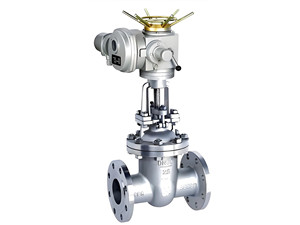
Linear Electric Gate Valve:
In this type, the actuator generates linear motion to open and close the valve. Linear electric gate valves are suitable for applications where precise linear movement is required, such as controlling the flow of fluids in pipelines.
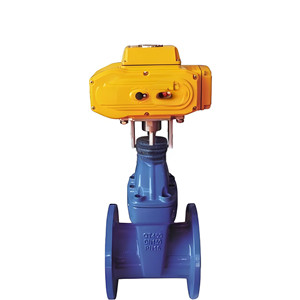
Rotary Electric Gate Valve:
Rotary electric gate valves utilize rotary motion to operate the valve. The actuator converts the electrical energy into rotational force to open and close the valve. Rotary electric gate valves are often used in applications where quarter-turn operation is sufficient, such as on-off isolation or modulating control.

Multi-Turn Electric Gate Valve:
Multi-turn electric gate valves require multiple rotations of the actuator to fully open or close the valve. These valves are suitable for applications that demand precise control over the degree of opening, such as throttling or regulating flow.
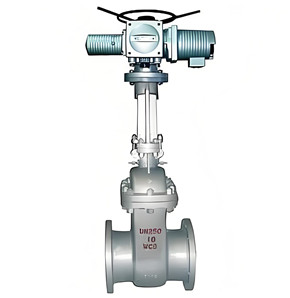
Quarter-Turn Electric Gate Valve:
Quarter-turn electric gate valves require only a quarter-turn (90 degrees) of the actuator to fully open or close the valve. They are commonly used for quick on-off applications and are suitable for large-sized valves where manual operation may be impractical.
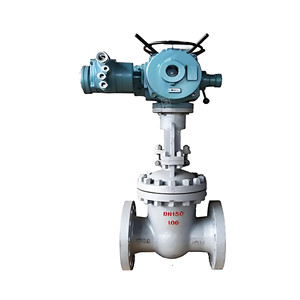
Bi-Directional Electric Gate Valve:
Bi-directional electric gate valves are designed to control flow in both directions. They feature a symmetrical gate and seat arrangement that allows flow in either direction, making them suitable for applications where reversing flow conditions are expected.
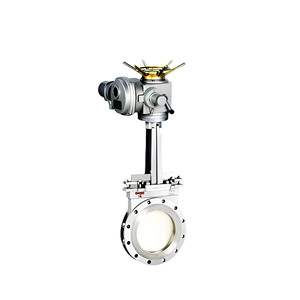
Knife Gate Electric Valve:
Knife gate electric valves have a sharp-edged gate that slices through the flow to shut off the valve. They are commonly used in applications with slurries, viscous fluids, or solids, such as in wastewater treatment plants and mining operations.
Chapter 4 - Electric Gate Valve application
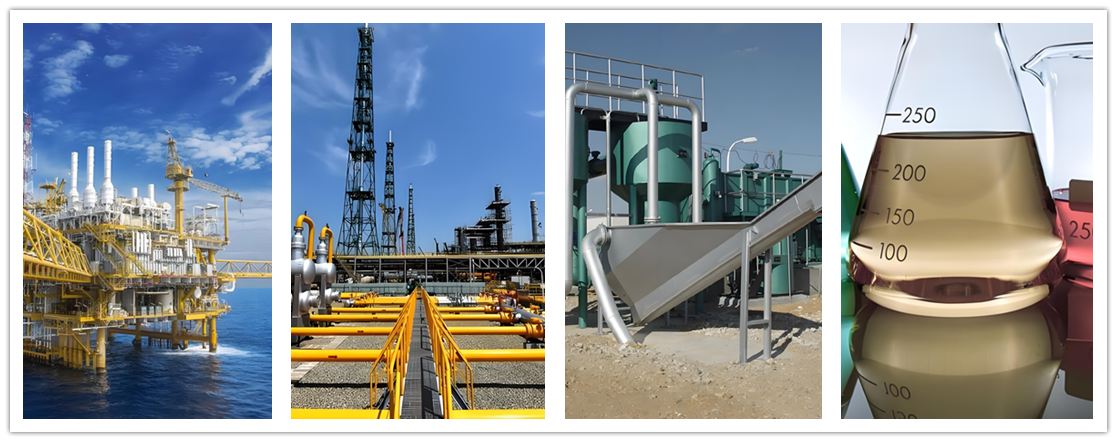
Electric gate valves find applications in various industries where remote or automated control of fluid flow is required. Here are some common applications:
Water and Wastewater Treatment:
Electric gate valves are used in water treatment plants to control the flow of raw water, treated water, and chemicals. They are employed in processes such as filtration, disinfection, and distribution to ensure efficient water management.
Oil and Gas Industry:
Electric gate valves are widely used in the oil and gas industry for upstream, midstream, and downstream applications. They control the flow of crude oil, natural gas, refined products, and various fluids in pipelines, refineries, petrochemical plants, and storage facilities.
Wastewater Treatment Facilities:
In wastewater treatment facilities, electric gate valves regulate the flow of sewage, sludge, and treatment chemicals. They are used in processes such as screening, aeration, sedimentation, and disinfection to maintain the proper operation of the treatment plant.
Chemical Processing:
In chemical processing plants, electric gate valves regulate the flow of corrosive chemicals, solvents, and process fluids. They are used in reactors, distillation columns, storage tanks, and other equipment to ensure the safe and efficient operation of chemical processes.
Pharmaceutical Industry:
Electric gate valves are used in pharmaceutical manufacturing facilities for controlling the flow of pharmaceutical ingredients, solvents, and process fluids. They meet stringent cleanliness and sterilization requirements to ensure product purity and safety.
Power Generation:
Electric gate valves play a critical role in power generation facilities for controlling the flow of steam, water, and other fluids in boiler feedwater systems, steam turbines, condensate lines, and cooling water circuits.
HVAC System:
Electric gate valves are employed in heating, ventilation, and air conditioning (HVAC) systems to control the flow of water, chilled water, and refrigerants. They are used in heating and cooling coils, air handling units, and other HVAC components to maintain comfortable indoor temperatures.
Marine and Offshore Industry:
Electric gate valves are utilized in marine applications aboard ships, vessels, and offshore platforms. They control the flow of seawater, ballast water, fuel, and other fluids in propulsion systems, cargo handling systems, and auxiliary equipment.
Mining and Minerals Processing:
Electric gate valves are used in mining operations for controlling the flow of slurries, process water, and chemicals in ore processing plants, tailings ponds, and mine dewatering systems.


